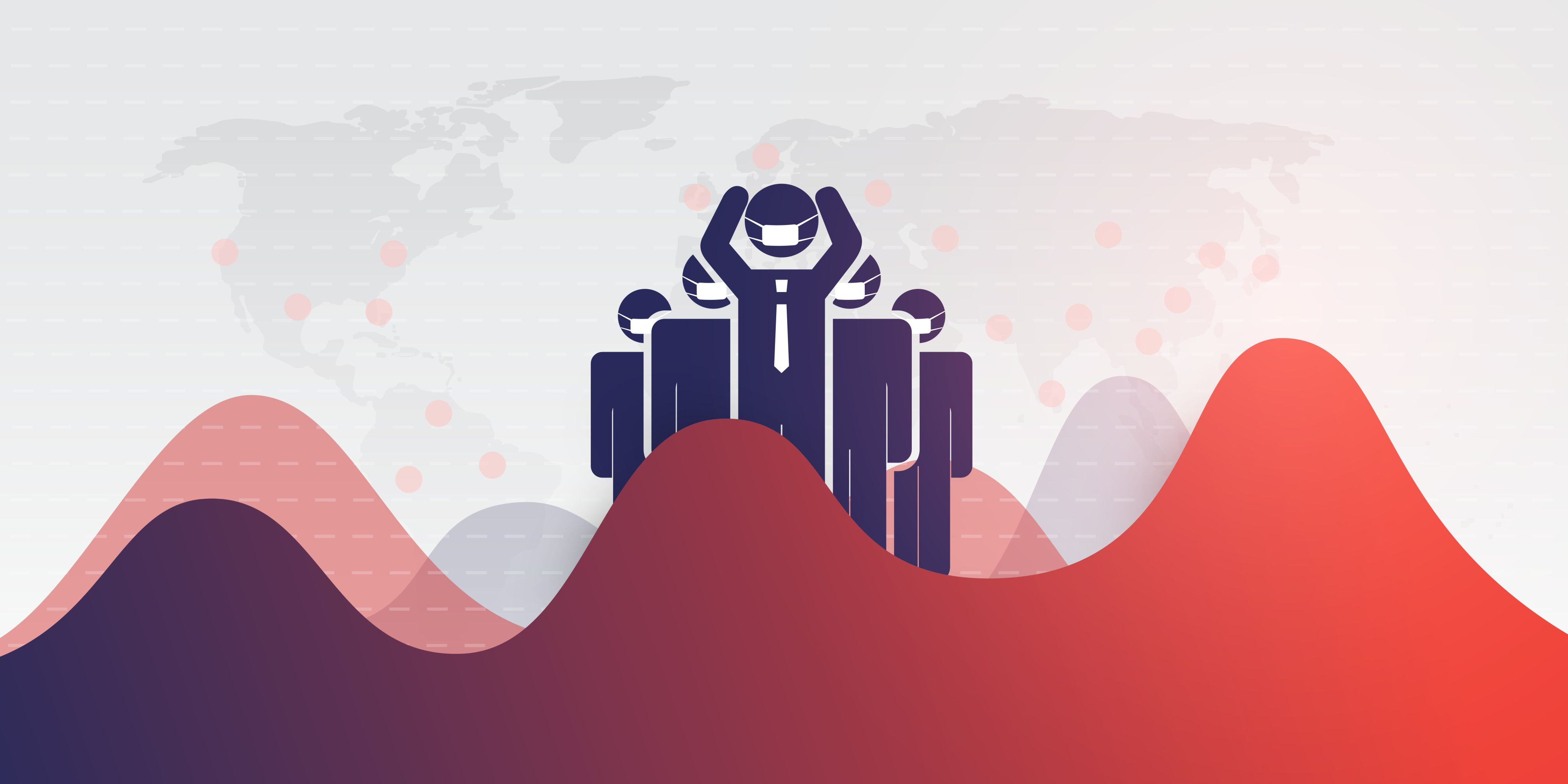Leaders Navigating An Uncertain World
Leaders Navigating An Uncertain World
How executives can lead through today’s “polycrisis” of geopolitical and macroeconomic pressures.
Courtesy of Bain
By Derek Keswakaroon and David Michels

Business leaders across the globe are regularly asking themselves some form of the following four questions:
1. How do I navigate today’s environment of extraordinary uncertainty?
2. How likely are inflation and recession in major markets?
3. What scenarios should I therefore be planning for?
4. Amid all this uncertainty, what are long-term themes and opportunities I should invest in?
As the prepandemic world fades, executives are left to navigate what some are calling a “polycrisis”—a set of smaller crises, both geopolitical and macroeconomic, that together add up to more than the sum of their parts. Covid. Supply chain insecurity. War in Europe. Energy transition. Low consumer and business confidence. Trying to isolate the impact of any one of them is like attempting to pull ingredients out of a baked cake.
Karen Harris, managing director of Bain & Company’s Macro Trends Group, argues that in an era of such extreme uncertainty, planning for a single high-probability scenario is a mistake. Optionality is key, and that calls for considering a wide range of scenarios, including outcomes that are extreme but plausible. Prediction, adaptation, and resilience are all required.
Economically, momentum has cooled. China recently revised its GDP growth target for 2023 to 5%, below last year’s target and well below historical growth rates. In the US, the Purchasing Managers’ Index (PMI) only recently ticked up after falling steadily for over a year. Drops in the PMI are often a precursor to profitability declines, followed by drops in employment. (And then, voilà: a recession.)
In terms of inflation, the consumer price indexes in the US and the eurozone rose steadily for two years before beginning to slowly decline. Year-over-year increases for February remain high at 6.0% (US) and 8.5% (EU). While inflation has appeared to taper off in recent months, the European Central Bank and the Federal Reserve have been very clear about their intention to reanchor inflation at around 2%, and we are not there yet.
When the Fed raises rates, it tends to end badly. Domestically, interest rate–exposed companies can face balance sheet trouble. (Remember the 2007 subprime crisis?) Globally, higher rates strain economies that need to purchase food and fuel in dollars on the global market. Governments that borrowed when the dollar was weaker may struggle to repay. (Remember the Asian financial crisis of 1997?)
So, where does this leave executives? There are four divergent scenarios worth their consideration:
• A “perfect landing,” in which central banks raise interest rates just enough to stall inflation, demand remains robust, and inflation lingers close to the 2% target
• A “normal recession” lasting two to three quarters, in which fatigued consumers spend less but central banks avoid further sharp rate hikes
• A “financial crisis” induced by central banks tightening rates a bit too much or a bit too long, eventually hitting both markets and high-income earners hard and creating a dollar strong enough to pressure emerging markets struggling to repay borrowings
• “Stagflation” prompted by delayed action on interest rates or, for example, spillover from the war in Ukraine, along with lower consumer confidence and spending power, which hits moderate-income earners especially hard if wages continue to lag
For executives, the implications of these scenarios will often vary by region and by industry. What’s critical is to think through how their business and organization might react to each scenario. And then, critically, think about what they can do now to build in flexibility and resilience, in order to better adapt and survive when unforeseen changes come.
Amid all of this uncertainty, it’s also important to be clear-eyed about the big, multiyear geopolitical and macroeconomic trends and how these will play out in each of the scenarios above. This will create market opportunities for organizations that are able to pivot accordingly.
One tectonic trend is the idea that we are transitioning to a post-global world, in which national geopolitical interests take primacy over national economic and business interests. In a post-global world, governments will likely play a much greater role in defining economic winners and losers. Trade, capital mobility, and talent will all be restrained. And this will take place against the backdrop of another tectonic trend: the demographic decline in the workforce that seems destined to fuel greater automation and reshoring.
The world appears increasingly multipolar, with different blocs operating on very different terms. The Chinese bloc is characterized by its stated foreign policy of a “community of shared interests” and the US bloc by what Japanese economic minister Yasutoshi Nishimura describes as a system of cooperation between like-minded countries based on economic security.
The evolution of these blocs is already reshaping the business strategies of global companies in profound ways. While there is no crystal ball, it is important for business leaders to understand the geopolitical and macroeconomic context in which they operate. In periods of extraordinary uncertainty, the slow and conservative will struggle while the nimble will thrive.
Derek Keswakaroon is Partner and Office Head for Bain & Company Bangkok and David Michels is Managing Partner for Bain & Company Japan based in Tokyo.
|











